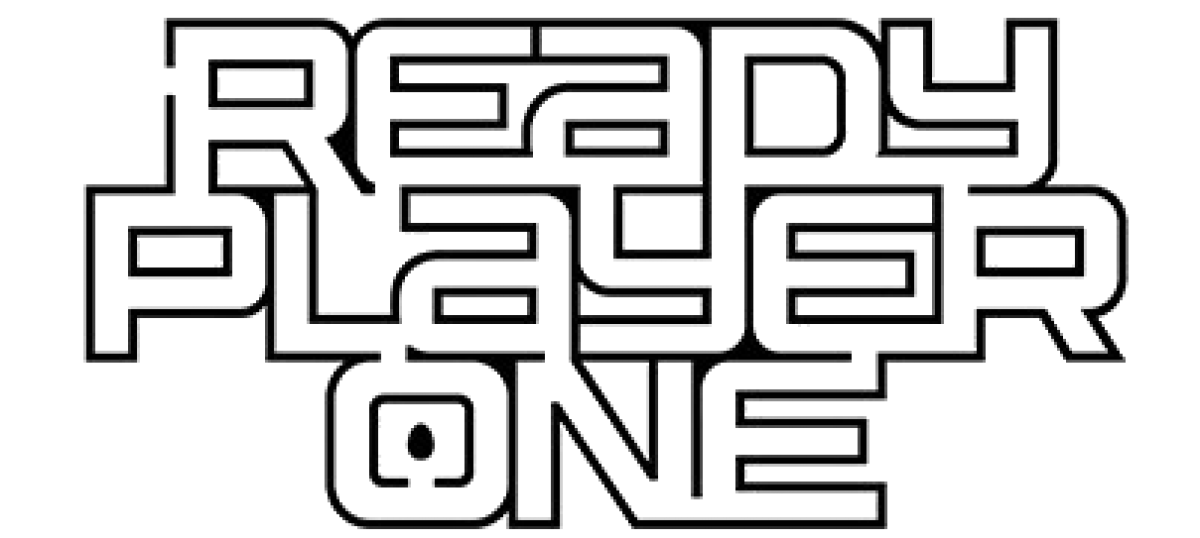For your final project you will use all of the readings and discussions we have had throughout this semester to inspire your own creation: a virtual reality experience that focuses on the education system. You may draw from your own personal experience, the readings we have done, and outside research to design a short VR application intended to educate your audience. Consider using the NYTimes VR, InMind, and HTC Vive applications as inspiration ans models for your work. You will design this simulation as an entry to the competition being held by Mosaic Learning:
http://www.mosaiclearning.com/
- Each proposal should include the following elements:
- Intro/Purpose – a thorough description of your application, your inspiration, and your intended audience. In this section describe how this application will be educational.
- Learning Outcomes – what will your audience learn and how can this learning be assessed?
- User Experience/ User Interface – how will your audience use this application? Explain what device (Google Cardboard, HTC Vive, Oculus Go) you intend this to be for and why, describe the interactive elements of the application, and demonstrate the visual appeal of this experience. This is where your storyboard and script should appear in your final proposal.
- Implementation Strategy – who will you market this toward and how will you reach them? Consider what your logo, motto, and or/tagline might be. How will this be implemented by teachers into classrooms? How will educators measure the impact of this experience?
- Long-term Vision – how can this be expanded into a series of applications? Can there be more chapters? New editions? New features? Can you expand this to new (secondary) audiences? How can you reach new markets with this application?
To accomplish this task, the project will be broken down into steps.
- Individual pitches: each student will conceptualize and present their idea for a project in 3 minutes. The class will vote on the top 4 projects.
- Group contracts: in small groups of 3-4, students will outline their plan for this project and assign roles and responsibilities for each student to accomplish. A timeline and due dates will be established.
- Formal proposals: each group will compose a 5-7 page proposal for their project meeting the criteria of the competition. The proposal will include outside research, citations, and a bibliography.
- Storyboard: each group will create a demo of the simulation by making script and storyboard for their prototype.
Storyboard (Hints and Tips)
- Final presentation: this is your mock presentation to the U.S. Department of Education. You will present all of your research and your prototype using: PowerPoint, Google Slides, Prezi, Emaze, Adobe Spark, Canva, handouts, poster, etc. You have 12 minutes plus 3 for questions.
The final presentations are during our final exam period. Feel free to bring food/drinks to share! You will post your final proposals to our course blog using the category and tag “Final” the day before our final exam period.
Have fun! Be creative! Be inspired!
